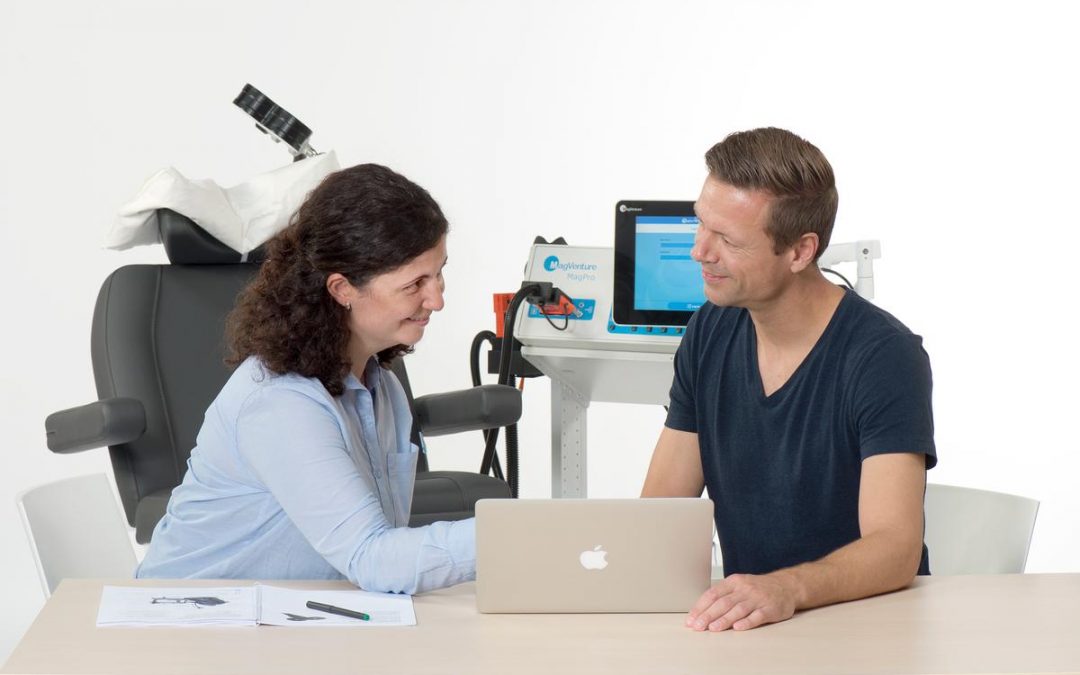Fibromyalgia: The Science Behind the Disorder
Considering that it affects up to 1 in 20 people, asking “is fibromyalgia real?” seems like a ridiculous question, right? Unfortunately not. For a number of reasons, from the difficult to detect cause of the illness, to limitations in the knowledge of many doctors, this question is still being asked more often than it should.
Imagine waking up every morning after sleeping poorly, experiencing pain all over your body, having terrible brain fog, and feeling exhausted before the day has even started. This is the story of many people who suffer from fibromyalgia. Add to this an increased sensitivity to light, sound and touch, plus IBS and other autoimmune conditions that frequently accompany it, and it is no surprise that depression often follows close behind.
It gets worse. Blood tests and scans fail to show any abnormalities, leading to scepticism among many doctors about whether it is even a real condition. This often leads to delays in diagnosis, and makes patients feel unsupported and frustrated[1] . When patients finally do get a diagnosis, the news is then broken to them that there is no cure, and very little that can even be offered to them to improve their symptoms.
So why is it so difficult to find and treat?
One of the main problems with fibromyalgia is that it is difficult to detect where the illness is actually coming from. For many years, researchers did not have sophisticated enough technology to find any differences between the bodies of people with the condition and those without it. This began to change with the invention of functional MRI (fMRI). This allowed researchers to measure brain activity in real time, observing which areas light up when specific events take place. What they found was that in the brains of people with fibromyalgia, the areas that process pain and other sensory input were extra active[2] , finally giving them a plausible theory to explain the widespread pain and increased sensitivity to touch, light and sound that are so characteristic of the condition.
Even more recently, researchers conducted a study in which they injected antibodies (immune cells) from fibromyalgia sufferers into mice, and noticed that the affected mice displayed increased sensitivity to touch and cold[1] . This suggests that these immune cells are not functioning correctly (fighting bacteria, viruses etc) and are instead attacking other healthy cells within the body. As to whether the changes in the brain and the autoimmune issues are related, or caused by some as yet unknown third issue, is still to be discovered.
So what can be done?
Understanding the cause of a condition opens up the potential for treatments. Techniques that can target over-active brain areas and return them to normal, such as transcranial magnetic stimulation (TMS) have showed significant promise, with good results from clinical trials. The antibody discovery has also opened up new possibilities, with pre-existing medications used for other autoimmune conditions now being discussed and investigated for use in fibromyalgia. It is undoubtedly an exciting time in the field of fibromyalgia research, and everyone is working hard to finally find a cure for this debilitating condition.
[1] Vasanthy, B., & Parameswaran Nair, V. C. (2018). Fibromyalgia: perspective of patients, medial students and professionals. J Evid Based Med Healthc, 5(34), 2463-2467.
[2] van Ettinger-Veenstra, H., Boehme, R., Ghafouri, B., Olausson, H., Wicksell, R. K., & Gerdle, B. (2020). Exploration of Functional Connectivity Changes Previously Reported in Fibromyalgia and Their Relation to Psychological Distress and Pain Measures. Journal of clinical medicine, 9(11), 3560. https://doi.org/10.3390/jcm9113560
[3] Goebel, A., Krock, E., Gentry, C., Israel, M. R., Jurczak, A., Urbina, C. M., Sandor, K., Vastani, N., Maurer, M., Cuhadar, U., Sensi, S., Nomura, Y., Menezes, J., Baharpoor, A., Brieskorn, L., Sandström, A., Tour, J., Kadetoff, D., Haglund, L., Kosek, E., … Andersson, D. A. (2021). Passive transfer of fibromyalgia symptoms from patients to mice. The Journal of clinical investigation, 131(13), e144201. https://doi.org/10.1172/JCI144201



